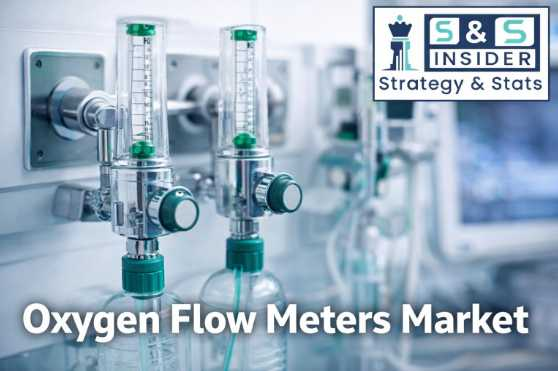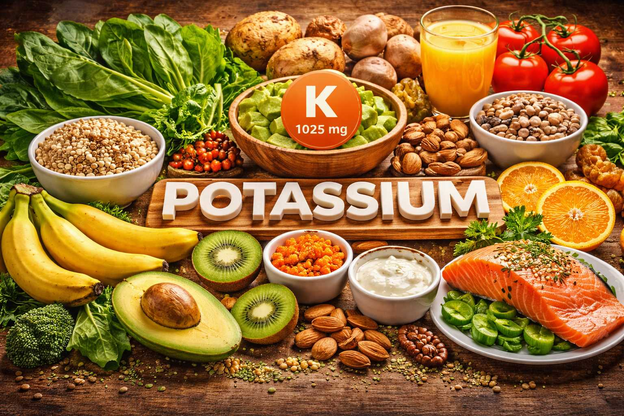As businesses continue to navigate the complexities of employee benefits, health insurance remains a crucial component of attracting and retaining talent. Among the various options available, level funded insurance has gained traction as a viable alternative to traditional fully insured plans. This blog post will explore what level funded insurance is, its benefits and drawbacks, and key factors to consider when determining if it’s the right choice for your company.
Understanding Level Funded Insurance
What Is Level Funded Insurance?
Level funded insurance is a hybrid model that combines elements of fully insured and self-funded health plans. In this arrangement, employers pay a fixed monthly premium that covers anticipated claims, administrative costs, and stop-loss insurance. This structure provides predictability in budgeting while allowing employers to retain any unused funds at the end of the plan year.
Key Components of Level Funded Insurance
- Fixed Monthly Premiums: Employers pay a consistent monthly premium, similar to traditional insurance plans. This premium covers expected claims and administrative fees.
- Claims Fund: A portion of the premium is allocated to a claims fund that pays for employee health claims throughout the year.
- Stop-Loss Insurance: This insurance protects employers from excessive claims costs. If claims exceed a predetermined threshold, stop-loss insurance kicks in to cover the additional expenses.
- Potential Surplus Refunds: At the end of the plan year, if actual claims are lower than expected, employers may receive a refund of unused funds from their claims account.
How Does It Work?
In a level funded plan, employers contribute a fixed amount each month based on an underwriting assessment of their employee population's health risks. The total premium includes:
- Claims Funding: Money set aside for anticipated medical expenses.
- Administrative Fees: Costs associated with managing the health plan.
- Stop-Loss Premiums: Payments made for stop-loss coverage.
At the end of the year, if actual medical claims are lower than what was budgeted, employers may receive a refund or carry over unused funds into the next year.
Benefits of Level Funded Insurance
1. Predictable Costs
One of the primary advantages of level funded insurance is predictability in budgeting. Employers know exactly how much they will pay each month, making it easier to manage cash flow and financial planning. This predictability contrasts with fully insured plans, where premiums can fluctuate based on community rates and claims experience.
2. Potential Cost Savings
Level funded plans can be more cost-effective than traditional fully insured plans, especially for companies with relatively healthy employee populations. Because employers only pay for actual claims incurred, they can save money if claims are lower than expected. According to some estimates, businesses may pay up to 19% less on average under level funded plans compared to fully insured options
3. Retention of Unused Premiums
Unlike fully insured plans where any surplus funds remain with the insurer, level funded plans allow employers to retain unused claim dollars at the end of the year. This feature incentivizes companies to promote employee wellness initiatives aimed at reducing healthcare costs.
4. Customization and Flexibility
Level funded plans often provide greater flexibility in plan design compared to fully insured options. Employers can tailor benefits and coverage levels based on their workforce's specific needs without being constrained by standard offerings from insurance carriers.
5. Access to Data Insights
Employers with level funded plans typically receive detailed reports on healthcare utilization and trends within their employee population. This data can help identify areas for improvement in health management strategies and inform decisions about future benefits offerings
Drawbacks of Level Funded Insurance
1. Risk Assumption
While level funded plans provide predictability in costs, they also require employers to assume some financial risk associated with employee healthcare claims. If actual claims exceed expectations significantly, employers may face higher costs than anticipated.
2. Complexity in Administration
Managing a level funded plan can be more complex than simply paying premiums for a fully insured policy. Employers need to work closely with third-party administrators (TPAs) to handle claims processing, reporting, and compliance issues.
3. Initial Cash Flow Impact
Although level funding can lead to long-term savings, it may require a larger upfront investment compared to fully insured plans. Employers must ensure they have sufficient cash flow to cover monthly premiums and potential claim expenses throughout the year.
4. Healthier Employee Population Required
Level funded plans tend to be most beneficial for companies with healthier employee populations since lower claim rates directly impact cost savings and potential refunds. Organizations with higher healthcare utilization may find that traditional fully insured options better suit their needs.
Key Factors to Consider When Evaluating Level Funded Insurance
1. Company Size and Employee Demographics
The size of your company and the demographics of your workforce play significant roles in determining whether level funded insurance is appropriate:
- Small to Mid-Sized Businesses: Level funding is often ideal for small and mid-sized businesses that want more control over healthcare costs while still providing quality benefits.
- Employee Health Status: Assessing your employees' overall health can help predict potential claim costs; healthier populations tend to benefit more from level funding arrangements.
2. Financial Stability
Evaluate your company's financial stability before committing to a level funded plan:
- Cash Flow Management: Ensure you have sufficient cash flow to cover monthly premiums and potential claim expenses throughout the year.
- Budgeting for Surprises: Be prepared for fluctuations in claim costs that could impact your budget if unexpected medical expenses arise.
3. Risk Tolerance
Consider your organization’s risk tolerance when evaluating level funded insurance:
- Willingness to Assume Risk: Determine how comfortable you are with assuming some financial risk associated with employee healthcare claims.
- Stop-Loss Coverage: Ensure you understand how stop-loss coverage works and how it protects your company from catastrophic claim costs.
4. Administrative Capabilities
Assess your organization’s administrative capabilities:
- In-House Resources vs. Third-Party Administrators: Determine whether you have sufficient internal resources to manage a level funded plan or if you’ll need to partner with a TPA.
- Compliance Knowledge: Familiarity with compliance requirements related to health benefits is essential for managing any type of health plan effectively.
5. Long-Term Goals
Consider your long-term goals regarding employee benefits:
- Attracting Talent: Evaluate how offering competitive health benefits aligns with your recruitment strategies.
- Employee Wellness Initiatives: Think about how you can leverage potential savings from a level funded plan to invest in employee wellness programs that promote healthier lifestyles.
Conclusion
Level funded insurance presents an attractive alternative for companies seeking cost-effective health benefits while maintaining predictability in budgeting. By understanding its key components, benefits, drawbacks, and factors influencing its suitability for your organization, you can make an informed decision that aligns with your company’s goals and workforce needs.As healthcare costs continue rising, exploring innovative solutions like level funding can help businesses provide valuable benefits while managing expenses effectively. If you're considering this option, consult with an experienced benefits advisor who can guide you through evaluating whether level funded insurance is right for your company’s unique situation.By taking proactive steps toward understanding and implementing level funding strategies within your organization’s health benefits framework, you’ll be better positioned not only to attract top talent but also foster a healthier workforce—ultimately driving success for both employees and your business as a whole!



















